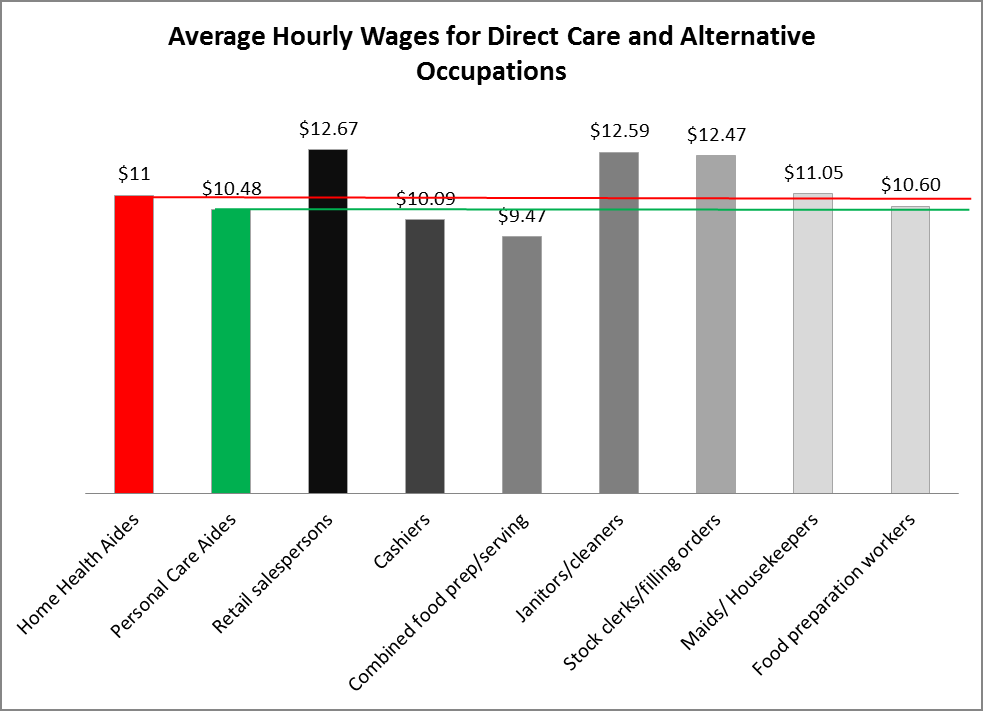Community Integration
Community integration refers to the assimilation and the embrace of people with disabilities into society and their communities versus the segregation that they have historically experienced, and unfortunately in some cases still experience.
Community integration refers to the assimilation and the embrace of people with disabilities into society and their communities versus the segregation that they have historically experienced, and unfortunately in some cases still experience. This includes full participation and involvement with nondisabled peers in all facets of life: neighborhoods, schools, workplaces, healthcare, voting, etc. People with disabilities tend to be happier and healthier when living in community settings and have the right to any care and support that are necessary to make that happen.

The fundamental legal victory for people with disabilities on the issue of community integration is the Olmstead Decision. The Olmstead Decision refers to the 1999 lawsuit started by two women, Lois Curtis and Elaine Wilson, who had intellectual and developmental disabilities and were getting treated in a hospital psychiatric unit within their state. Eventually, Lois and Elaine, with the approval of their doctors, wanted to move back into their communities and live healthy independent lives outside the hospital with the help of additional support. However, years passed by, and they were forced to remain in the hospital as no community living support was being provided. Both women filed a lawsuit going to the Supreme Court, where they ruled in favor of Lois and Elaine, citing the Americans with Disabilities Act. The Supreme Court stated that the hospital was discriminating against women on the basis of disability by forcing them to stay there and segregating them from their communities.
Facts and Figures
- As of 2018, over 14 million adults need long-term services and supports (LTSS), and 6.1 million are adults with disabilities younger than age sixty-five (AARP)
- In 2019 there were over 320 million individuals living in the community – around 41 million, or 12.7%, of which were individuals with disabilities (ACS)
- As of 2015, there are over 1.3 million nursing home residents (CDC)
- We will need an additional 1.1 million home care workers by 2029 to care for our aging population and Americans with disabilities (BLS)
- Direct support professionals (DSPs) are among the lowest-paid workers, with a median wage of $14.15 per hour, or $29,430 annually for a full-time aide (BLS)
- There are over 3.6 million DSPs as of 2021 (BLS)
- 820,000 people with disabilities remain on wait lists to transfer out of institutional settings (Yahoo)

Source: DOL comparison data sent to ANCOR and presented at the President’s Committee on Intellectual and Developmental Disabilities (2017)
Policy Position
People with disabilities have the right to live independently in the community in the most integrated setting of their choice.
AAPD will advocate for policies that ensure people with disabilities have access to affordable home- and community-based long-term services and supports that enable people to be integrated into the community, including expanding the availability of home and community-based services to end the institutional bias in the Medicaid program.
Home- and community-based services (HCBS) refer to care provided to people with disabilities and seniors within the comforts of their home and/or community rather than being compelled to stay in a nursing home or other care facility. HCBS enables people to receive the care they need while still being able to live with and participate in their community. Services include addressing personal needs (dressing, bathing, etc.), providing mobile support, giving medication and other nursing care, various types of therapy, and more.
AAPD will advocate for policies to ensure people with disabilities have access to affordable accessible housing, including non-provider owned scattered site housing, and will advocate against the use of institutional or congregate “clustered” models that segregate people with disabilities from their communities.
AAPD will advocate for policies ensuring that people with disabilities can obtain accessible and affordable transportation. AAPD will advocate for policies that promote the development of universally designed technology and that secure affordable access to that technology, to support people with disabilities to live independently.
